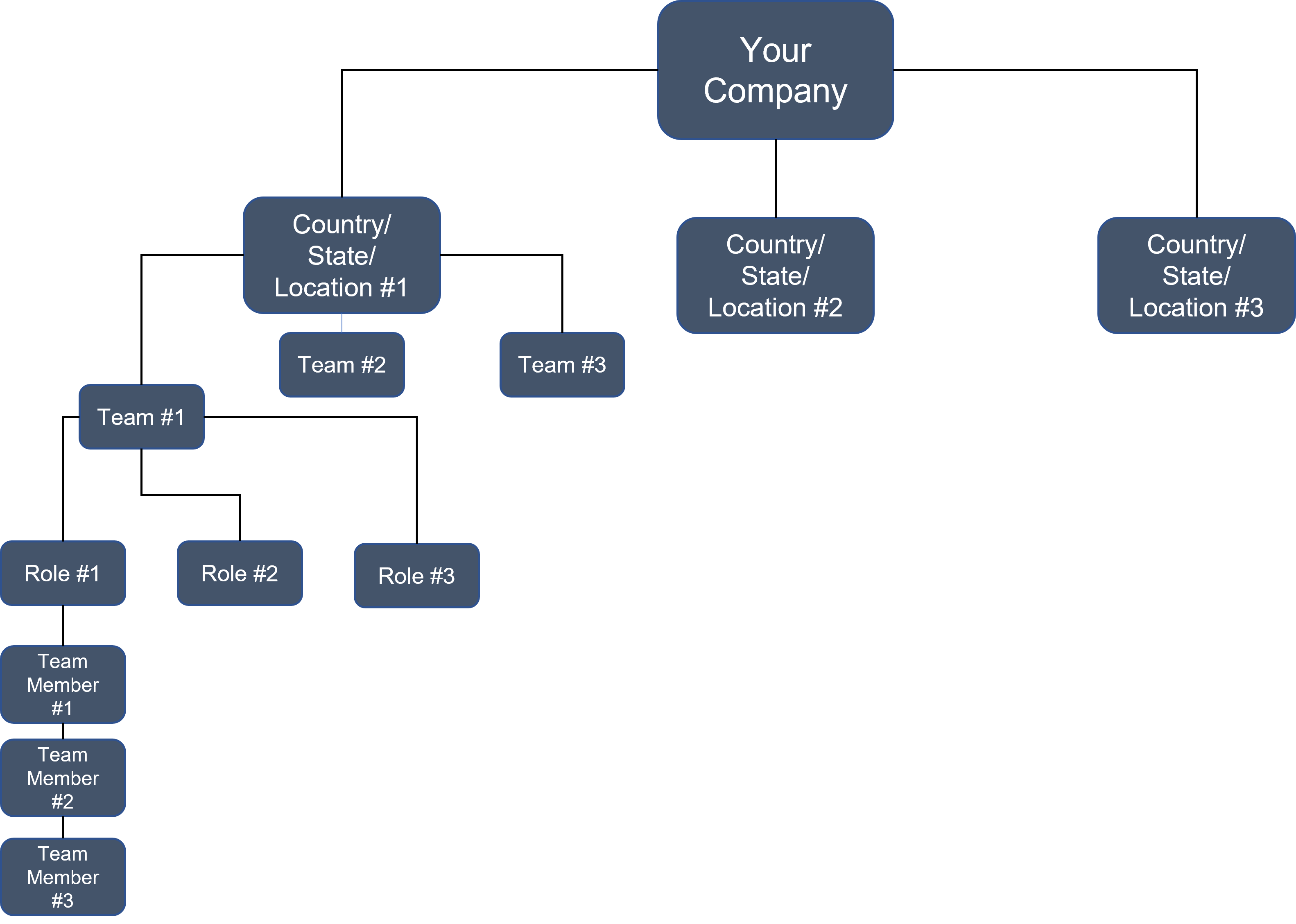Even more frightening than selecting a learning management system (LMS) can be the thought of actually implementing one. The selection process often involves multiple individuals within your organization who want to sit at the table and have their input heard. However, when it comes to doing the work needed to get everything up and running, those chairs empty out fast, and everyone suddenly has somewhere else to be.
So, if you’re tasked with implementing a new LMS, follow the five steps outlined below.
Step 1
Step one (the most important) is: Don’t panic! Easier said than done, right? When selecting an LMS, ease of and support for implementation from the provider should have been at the top of your requirements list. The best systems shouldn’t depend upon the provider to do the full implementation, nor should you want them to. And, while some think system implementation should be the responsibility of their information technology (IT) department, if possible, avoid an IT implementation as well. Wait … what? That means L&D will implement the system? Yes.
It may seem as if life would be easier if we left LMS implementation to the “experts,” but IT departments don’t think like L&D specialists, and the LMS provider (usually) doesn’t know your company well enough to launch in a timely manner.
Successful implementation requires an understanding of how learning will roll out, how it needs to be tracked, who needs specific training when, and knowledge of your company and industry. If the LMS will be integrated with other systems, IT will be an invaluable partner, but they shouldn’t run the show.
Step 2
Next, it’s time to get into the mindset that L&D’s “got this.” Remember: The platform provider and IT may offer support, but L&D is leading the show.
Step 3
In this step, the learning leader needs to identify which, if any, training records need to be imported and to begin gathering them. Get the data as clean as possible and enter it into the format your new system will take (generally a .csv file) before uploading. This will include a history of all training for every current (and, in some industries, past) employees, complete with the training course’s title, delivery modality (i.e., virtual instructor-led training, in-person instructor-led training, eLearning, etc.) the date the training occurred and the training provider used (i.e., internal, 3rd party, etc.). It may also include learner demographics, such as names, titles, roles and manager/leader information. If employees received certificates of completion or other documentation (e.g., CPR/first aid, OSHA 10 or 30, forklift, etc.), begin collecting either hard or electronic copies. For learning leaders working in smaller companies or companies that haven’t previously had a centralized training function, this may be the most time-consuming part of the implementation process.
Identify who the keepers of this information are, and set clear goals and deadlines for what is needed.
Step 4
After compiling the necessary records, the next step is to determine what the structure will look like. The smaller the company, the easier this step will be. However, most companies start the LMS journey as they are rapidly growing. Therefore, it’s important to consider what that growth will look like during the next two to three years or, at a minimum, during the length of the LMS contract. Always start with an “all company” bucket at the top. From there, take into consideration different countries, states, verticals and teams. It might look something like the image below.

This breakdown might look like the following:
- Level 1: Company – Starting here means any training every employee must complete (think Sexual Harassment), allows for simple assignment.
- Level 2: Countries, states or locations – This level is important because, often, there are state-specific training requirements.
- Level 3: Teams or verticals within each country/state/location. Like Level 2, any trainings required for a specific team or vertical can easily be assigned.
- Level 4: People or teams – If you’ve gone with teams for Level 3, this would be the people within those teams. If you went with verticals, it’s the teams within those verticals.
The best way to start this part of the process is with a large, clear wall and a bunch of sticky notes. It allows for trying different options until the perfect structure appears. Don’t skip this step! With some learning management systems, it’s either incredibly difficult or impossible to restructure once it’s in place.
Step 5
In the last step of the implementation process, consider how the system will look and what it will be called. Most of the larger LMSs won’t require a professional coder or designer. The best systems provide the capability for those implementing to set colors, fonts, images and more. As for the name, this is the perfect opportunity to begin hyping what’s coming! Hold a naming competition and allow team members to suggest and vote. Maybe even create a logo.
Once all these pieces are in place, the implementation is as simple as 1.) building your team structure, 2.) assigning the trainings to the correct teams, 3.) importing the people and their previously completed trainings, 4.) making everything pretty, and 5.) announcing the launch!








